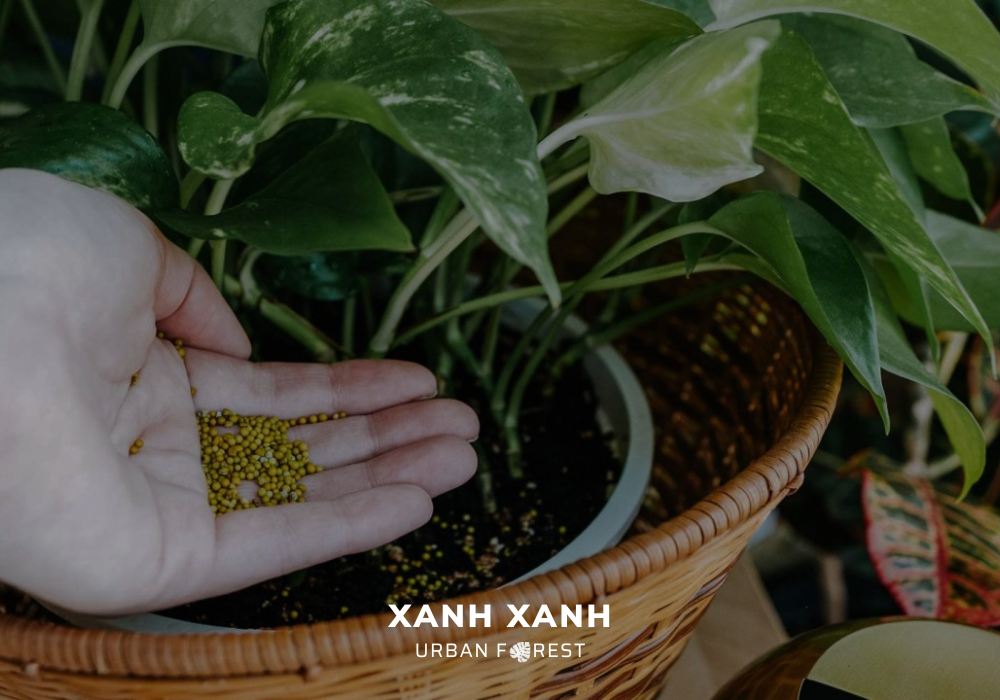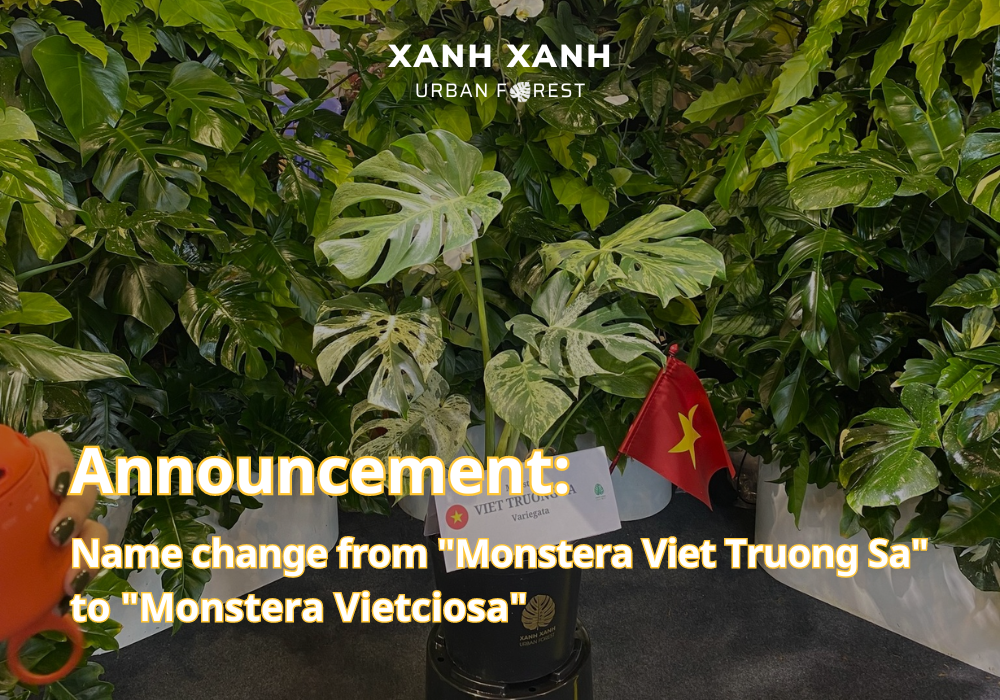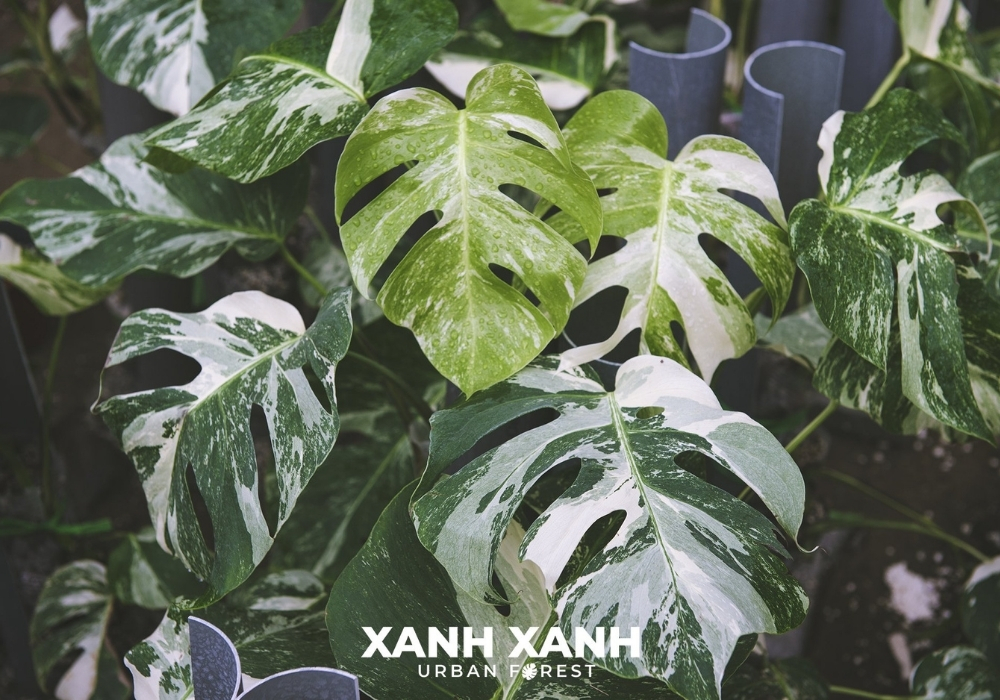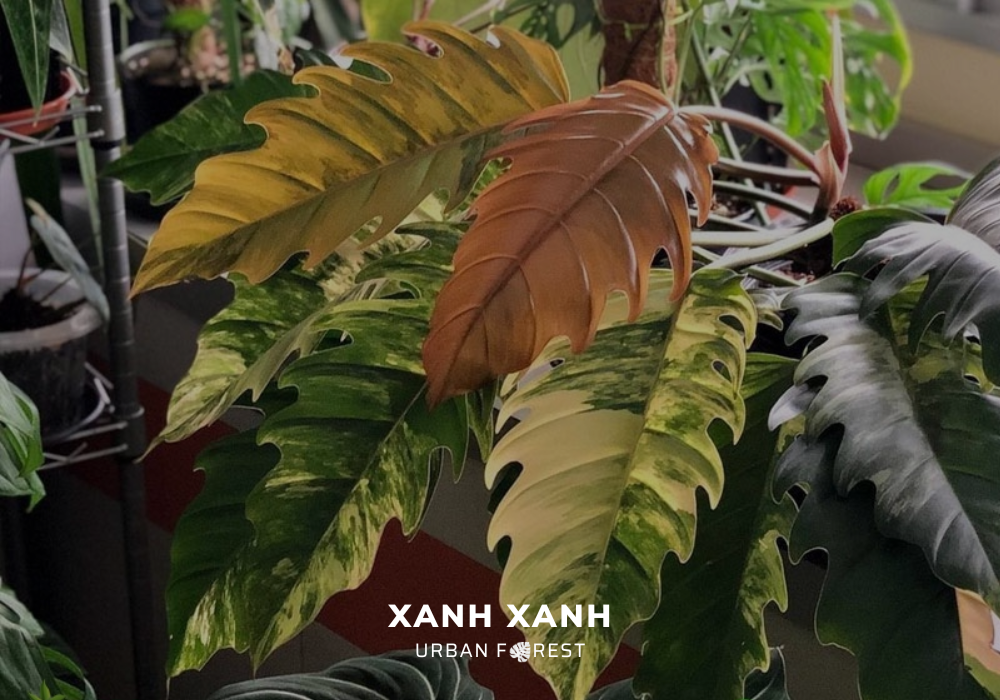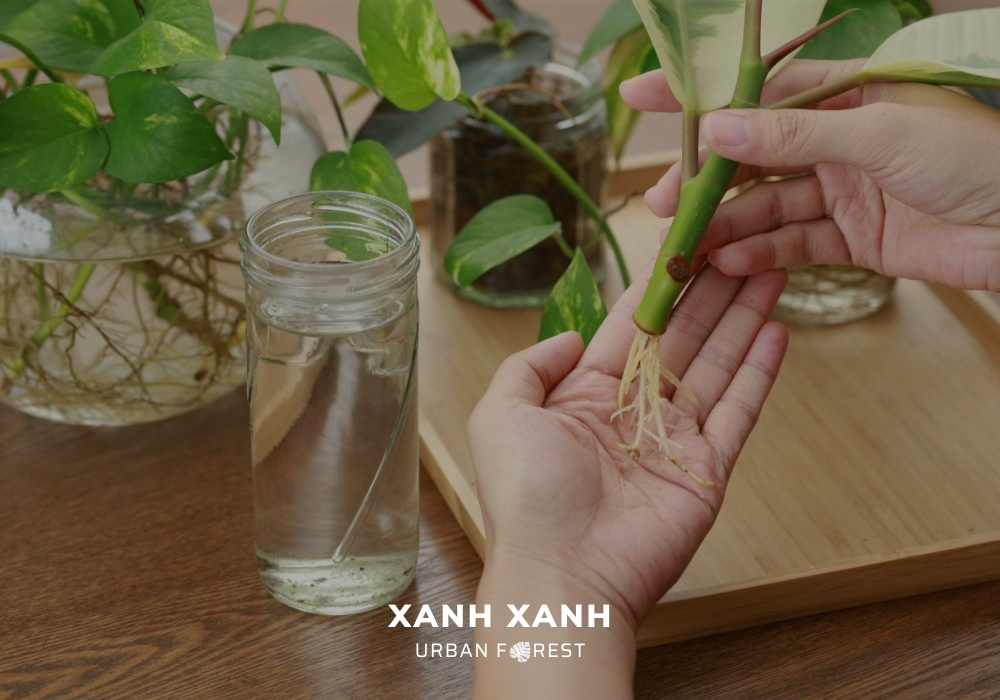Table of Contents
1. Introduction
How to fertilize your houseplants properly is an often misunderstood but essential maintenance task, no matter what type of indoor plant you are having. In fact, people often harm indoor plants by using too much or the wrong type of fertilizer.
Xanh Xanh Urban Forest will provide you with an introduction to the basic principles of fertilizing indoor plants in this blog post, making sure they get the nutrients they require for a healthy growth.
2. Choosing the right fertilizer for your houseplants
Fertilizing your indoor plants begins with selecting the right fertilizer. Because not all fertilizers have the same effects, using the wrong kind can be harmful to your plants. There are a few things to consider while choosing a fertilizer:
- Plant type: You must customize the type of fertilizer you use to your specific plant variety. For best growth, use a fertilizer with a 10-10-10 NPK ratio (that stands for nitrogen, phosphorous, and potassium) if you have plants like Philodendron or Monstera.
- Liquid, granular, or slow-release: If you use liquid fertilizer, it will mix easily with water, helping the plant absorb nutrients quickly. If you use granular fertilizer applied directly to the soil, it will release nutrients slowly over time. If you use slow-release fertilizer, packaged in pellets or granules, this fertilizer will provide a stable source of nutrients, minimizing the risk of over-fertilizing.
- Organic or synthetic:
– Mineral sources, natural gas, and ammonia are used to make synthetic fertilizers. In order for gardeners to precisely target the demands of the plants, these fertilizers are manufactured to stringent requirements and specific N-P-K ratios. Micronutrients, or the nutrients that plants require in minuscule amounts, are also typically present in minimal amounts in premium synthetic fertilizers.
– The natural ingredients used to make organic fertilizers may or may not come from organic sources. Some of these fertilizers are purposefully obtained, such kelp and worm castings, but most are made from industrial or agricultural wastes like manure, bone meal, and blood meal.
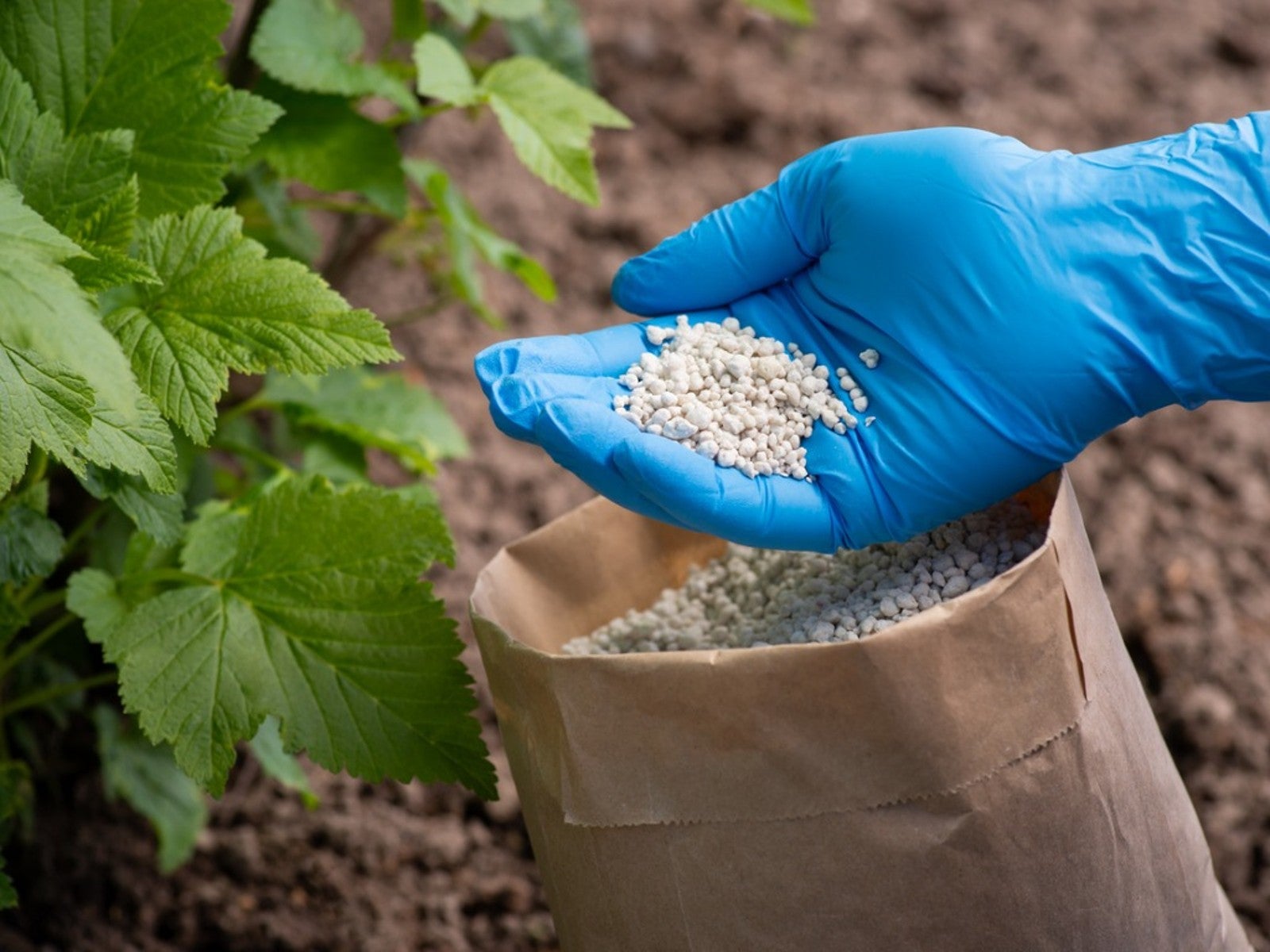
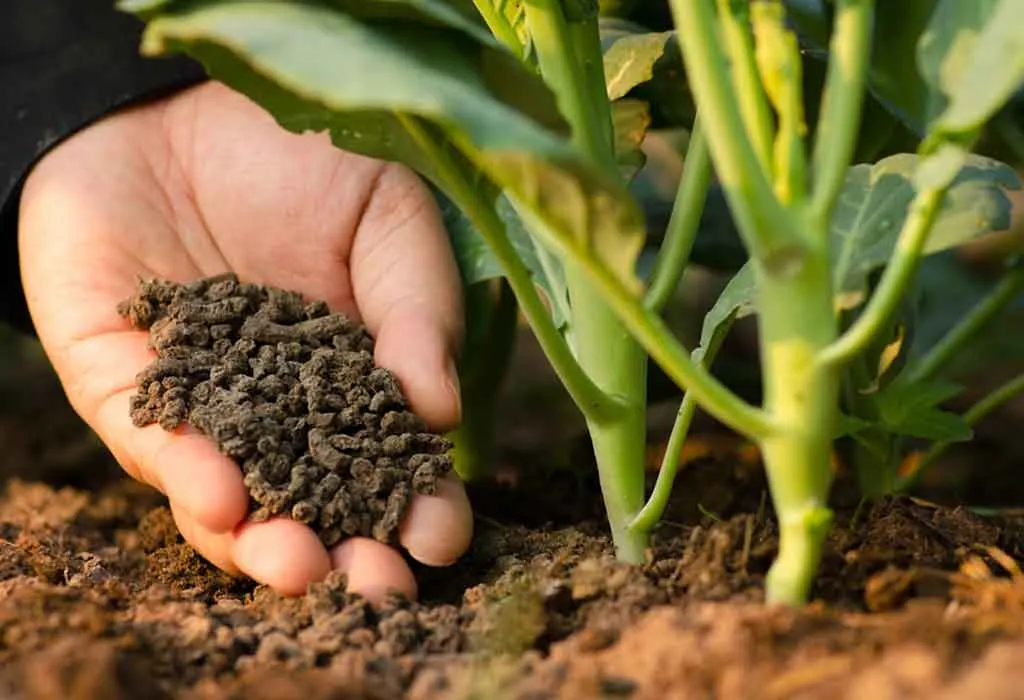
3. How to apply fertilizer to your houseplants?
It’s time to discover how to fertilize your houseplants after you have selected the appropriate fertilizer for them.
1. Dilute the fertilizer: Most liquid fertilizers need to be diluted before use. Follow the instructions on the fertilizer label to determine the correct dilution ratio.
2. Water the plant first: Before fertilizing, check to see if your plant has reached the drainage holes to ensure it is getting adequate water. This will protect the roots of the plant from burning when the fertilizer comes into direct contact with them.
3. Apply the diluted fertilizer: Pour the diluted fertilizer onto the soil, evenly covering the surface. Avoid getting fertilizer on the stems of the plant.
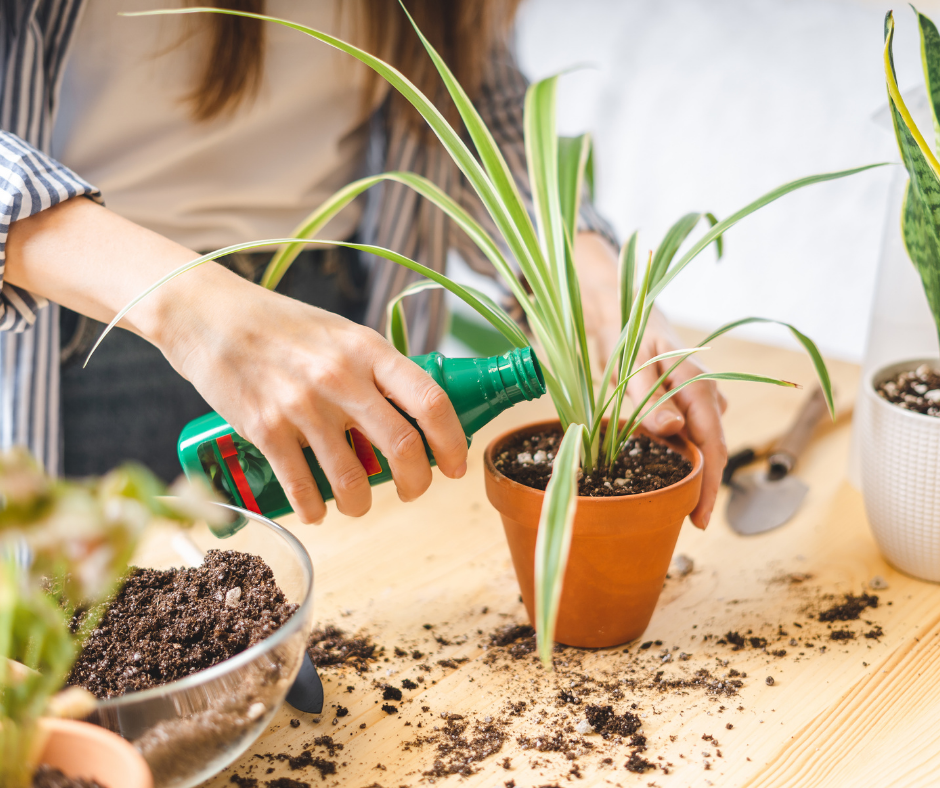
4. Water again: After applying the fertilizer, water the plant again to help distribute the nutrients throughout the soil.
Remember:
- Follow the instructions on the fertilizer label carefully.
- It is better to fertilize less than to fertilize your houseplants too much.
- If you’re not sure what type of fertilizer to use or how often to fertilize your houseplants, consult your local nursery or garden center.
- Observe your plants closely for signs of nutrient deficiency or excess.
4. How often to fertilize your houseplants?
During the active growing seasons of spring and summer, when your plants are bursting with life, aim to fertilize your houseplants every two to four weeks. Regular fertilization during this period will promote their brilliant growth. However, when the cold winds of winter come, their growth slows down and you need to reduce the frequency of fertilizing to once a month or even less during these cold months.
Above is a general way to fertilize your houseplants. However, your plants depends on many factors to grow healthily. So pay attention to your beloved plants for signs of nutrient deficiency or excess.
5. Signs of over fertilization and under fertilization
It’s important to be mindful of both overfertilization and under fertilization, as both can harm your plants.
Signs of overfertilization:
- Burnt or yellow leaf tips
- Wilting or drooping leaves
- Slow or stunted growth
- Salt buildup on the soil surface
Signs of under fertilization:
- Pale or yellowing leaves
- Slow or stunted growth
- General decline in plant health
6. Final thoughts
Xanh Xanh Urban Forest hopes that you found this blog article to be useful and educational. Please use the following to contact us with any questions:

